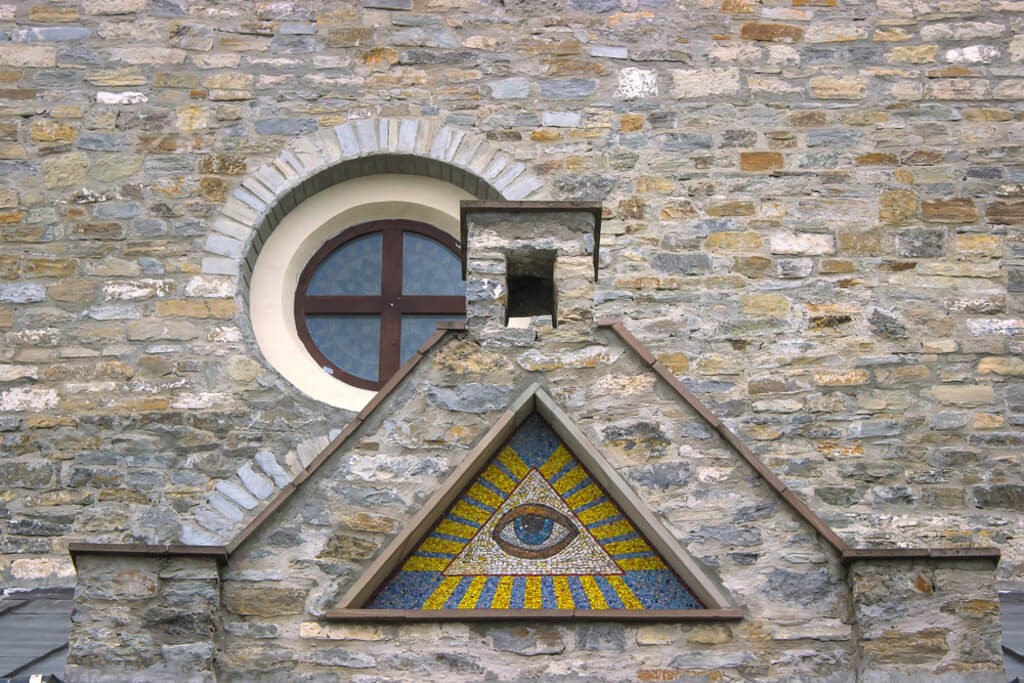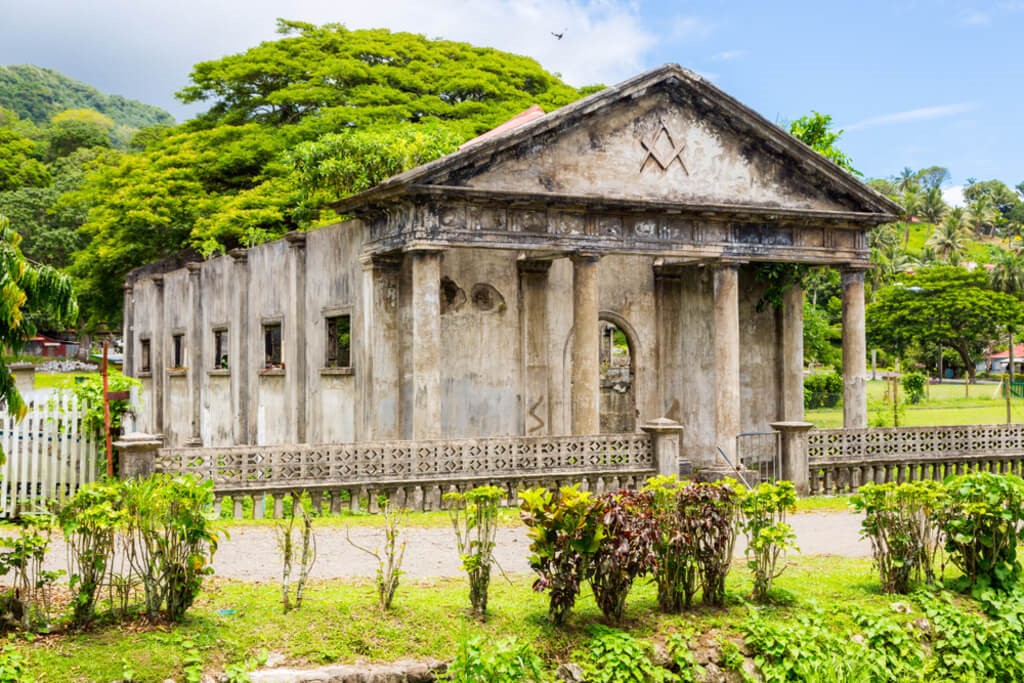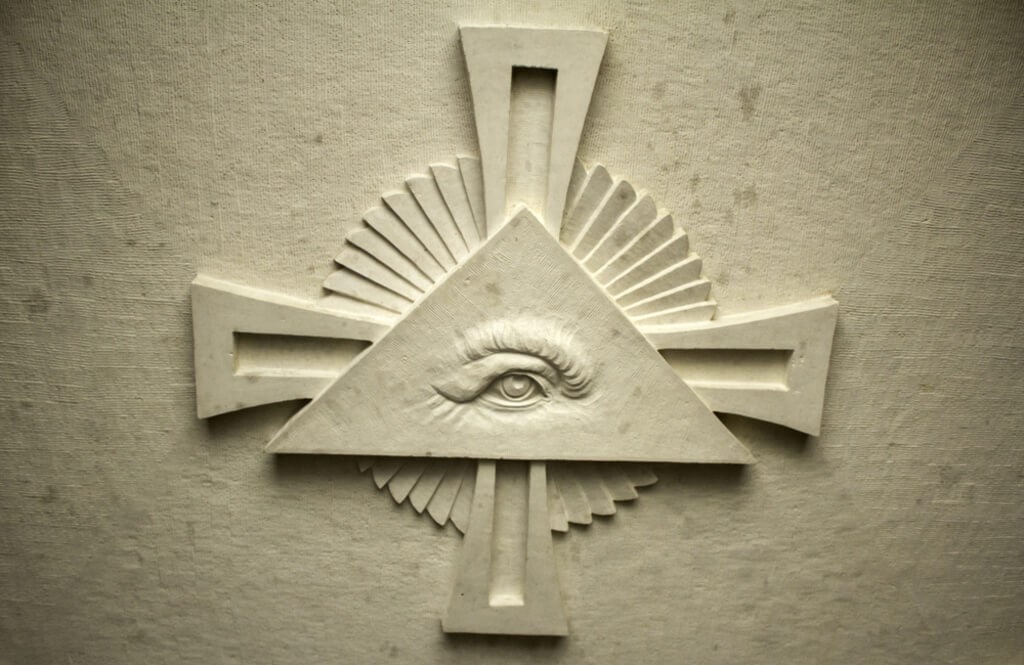Unlocking the Code: A Guide to Masonic Symbols and Their Meanings
Freemasonry, often shrouded in mystery, communicates its most profound lessons not through simple text but through a rich and complex visual language. For centuries, this ancient fraternity has used allegory and symbolism to teach its members about morality, philosophy, and the nature of the self. Understanding these emblems is key to understanding the Craft itself.
This guide serves as a glossary, a key to unlock the meanings layered within the art and architecture of the Masonic Lodge. It is designed for the curious newcomer and the dedicated Mason alike, offering clarity on the tools and icons that form the very foundation of Masonic education. The world of Freemasonry symbols is a journey into a system of morality veiled in allegory and illustrated by symbols.
Each emblem, from the simple gavel to the intricate pillars, holds a specific lesson designed to guide a Mason on his path of personal development. They are not secrets to be hidden, but rather lessons to be contemplated, encouraging introspection and a commitment to living a virtuous life. This symbolic language is the timeless heart of the Masonic tradition.

Why Does Freemasonry Use So Many Symbols?
Freemasonry’s reliance on symbolism stems from its origins as a guild of operative stonemasons. These medieval craftsmen used the tools of their trade not only to build magnificent cathedrals but also as a way to recognize one another and to pass down the secrets of their craft. When Freemasonry evolved from an operative to a speculative science, it retained these tools as its primary teaching aids.
Speculative Masonry repurposed the square, compasses, level, and plumb into symbols of moral and ethical conduct. A tool that once ensured a stone was true became a metaphor for living an upright life. This method of teaching is incredibly effective, as a single symbol can convey a complex philosophical idea more powerfully than pages of text.
Symbols also possess a universal quality, transcending language and cultural barriers. They allow men from different backgrounds and walks of life to connect with the same core principles of brotherly love, relief, and truth. The symbolic method encourages each Mason to think for himself, interpreting the lessons in a way that is personally meaningful and conducive to his own spiritual and moral growth.
This is why the Craft is not a dogma but a journey of discovery. The symbols are not idols to be worshipped but rather focal points for contemplation, reminding a Mason of his duties to his God, his neighbor, and himself. They are the beautiful and intricate framework upon which a better man is built.

What Are the Most Common Masonic Symbols?
The landscape of Masonic symbolism is vast, but a few key emblems stand out as central to the Craft’s teachings. These are the symbols you are most likely to encounter, each carrying layers of meaning that unfold as a Mason progresses through his journey. They are the cornerstones of the fraternity’s philosophical system.

What is the Meaning of the Square and Compasses?
No symbol is more widely recognized as the emblem of Freemasonry than the Square and Compasses. Often depicted with the letter ‘G’ at its center, this icon is a constant visual reminder of the core tenets of the Craft. Each component has a distinct and important meaning.
The square is an emblem of virtue and morality. It is a tool used by stonemasons to ensure that their work is true and accurate. For a speculative Mason, it symbolizes the importance of acting with honesty and integrity in all dealings with mankind, to ‘act on the square’. It is a guide for rectitude of conduct.
The compasses are used to draw circles, representing the boundary of one’s conduct toward others. They symbolize the importance of self-restraint and keeping one’s passions and prejudices within due bounds. The compasses remind a Mason to circumscribe his desires and avoid excess, practicing wisdom and moderation in all aspects of life. The exploration of these free masons symbolic teachings forms a central part of the Masonic experience.

What Does the All-Seeing Eye Represent?
The All-Seeing Eye, or the Eye of Providence, is another powerful Masonic symbol, often depicted within a triangle and surrounded by rays of light. While it has been used by various cultures and belief systems throughout history, in Freemasonry it holds a very specific meaning. It is a stark and constant reminder of divine omniscience.
The symbol represents the ever-watchful eye of the Great Architect of the Universe. It signifies that a Mason’s every thought, word, and action is observed by this supreme being, even those done in secret. This is not meant to be a threatening concept but a comforting and guiding one. There are many unique masonic symbols explained.
It encourages a Mason to live a life of such integrity that he would not be ashamed for his innermost thoughts to be known. The All-Seeing Eye is a symbol of truth, clarity, and the inescapable presence of a higher power that guides and observes the universe. It pushes a Mason toward sincere and upright conduct at all times.

Why is the Letter G So Important?
Often found at the center of the Square and Compasses, the letter ‘G’ is a symbol with multiple layers of meaning in Freemasonry. Its interpretation can vary slightly depending on the Masonic jurisdiction and the degree being worked, but its core significance remains consistent. It stands for two great pillars of Masonic thought.
Primarily, the letter ‘G’ represents God, or as Masons refer to this concept, the Great Architect of the Universe. Freemasonry requires its members to believe in a supreme being, and this letter serves as a common, non-denominational reference to that divine entity. It is a focal point for a Mason’s reverence and a reminder of his duty to that higher power.
Secondarily, the ‘G’ stands for Geometry, which is described within Masonic ritual as the noblest of sciences. In an organization rooted in the craft of building, geometry is held in the highest esteem as the basis upon which the universe was designed and constructed. The study of the 12 masonic symbols explained often highlights the deep connection between the spiritual and the scientific.

What Do the Sun and Moon Symbolize?
The Sun and Moon are prominent fixtures in every Masonic Lodge, often depicted in the East. They represent the great duality of existence and the harmony of the natural world. Their presence serves as a lesson in regularity, order, and the governance of the Lodge.
The Sun is said to rule the day, and the Moon to govern the night. This represents the constant and predictable order of the cosmos, an order that Masons are encouraged to emulate in their own lives. They also symbolize the light of knowledge dispelling the darkness of ignorance.
In a more practical sense, the Sun and Moon also represent the principal officers of the Lodge. The Worshipful Master is associated with the Sun, the source of light that illuminates the Lodge and its members. The Senior Warden is associated with the Moon, reflecting that light in the Master’s absence. A deeper look at masonic symbols explained 1 often reveals these layers of administrative and philosophical meaning.

What is the Significance of the Two Pillars, Boaz and Jachin?
At the entrance to every Masonic Lodge stand representations of two great pillars, named Boaz and Jachin. These are symbolic replicas of the two bronze pillars that stood at the porch of King Solomon’s Temple, a central setting for much of Masonic allegory.
The names themselves are significant. Boaz is typically translated as ‘in strength’, while Jachin is translated as ‘He will establish’. Together, they signify that God’s house and the community of man are established in strength. They represent stability and permanence.
For a Mason, passing between these pillars symbolizes entering a place of enlightenment and knowledge, leaving the profane world behind for the sacred space of the Lodge. The pillars are a constant reminder of the support and stability that the fraternity offers, and the strength and character a Mason must build within himself. Learning about these pillars is a key part of understanding the Craft’s foundation, and there are many resources that provide further details on masonic symbols explained 3.

How Are Working Tools Used as Symbols?
The working tools of an operative stonemason are among the most important symbols in Freemasonry. Each tool from the builder’s kit has been adopted and applied to a moral or spiritual lesson. These are presented to a Mason as he progresses through the degrees.
The Twenty-Four-Inch Gauge is a simple ruler, used by operative masons to measure their work. For a speculative Mason, it represents the twenty-four hours of the day, which should be divided into three equal parts: one for service to God and a distressed worthy Brother, one for our usual vocations, and one for refreshment and sleep.
The Common Gavel is used to break off the rough corners of stones. Symbolically, it represents the force of conscience, which should be used to divest our hearts and minds of the vices and superfluities of life, thereby fitting our minds as living stones for the spiritual building.
The Trowel is a tool used to spread the cement that binds stones together into a single structure. For a Mason, it is the emblem of brotherly love, the symbolic cement that unites the members of the fraternity into one sacred band or society of friends and brothers.

What Do the Rough and Perfect Ashlars Mean?
Displayed within every Lodge are two stones known as the Rough and Perfect Ashlars. The Rough Ashlar is a stone as taken from the quarry in its rude and natural state. The Perfect Ashlar is a stone that has been shaped and finished by the hands of the craftsman to be fit for the builder’s use.
The Rough Ashlar is a symbol of man in his natural state: ignorant, uncultivated, and subject to his base passions. It represents the potential within every person before they have benefited from education, discipline, and a moral upbringing.
The Perfect Ashlar, by contrast, represents man who, through the teachings of Freemasonry and his own efforts, has become a more virtuous and enlightened individual. It is the state of perfection that every Mason strives for, a symbol of a life well-lived and a character well-formed. The journey from the Rough to the Perfect Ashlar is the very essence of the Masonic path of self-improvement.

What is the Meaning of the Masonic Apron?
The lambskin or white leather apron is the badge of a Mason and one of the first symbols presented to a new candidate. Its significance is rooted in both its history and its material. It is a symbol of innocence, purity, and honorable labor.
Historically, operative stonemasons wore aprons of hardened leather to protect themselves from rough stones and sharp tools. In speculative Masonry, the apron’s protective function is purely symbolic. The white lambskin represents the purity and innocence that should characterize a Mason’s life and actions.
It is considered more honorable than any worldly decoration because it is a badge of service and commitment to the Craft’s principles. A Mason is taught that his apron should be worn with pleasure to himself and honor to the fraternity, a constant reminder of his obligations and the pure intentions that should guide him.

How Do Symbol Meanings Change Through Masonic Degrees?
A fascinating aspect of Masonic education is that symbols are not static. Their meanings are often revealed in layers as a Mason advances through the three degrees of the Blue Lodge: Entered Apprentice, Fellow Craft, and Master Mason. A symbol introduced in the first degree may take on a deeper and more complex meaning in a later degree.
This progressive revelation is by design. It mirrors the process of genuine learning, where foundational concepts are introduced first, followed by more advanced applications and philosophical insights. For example, the working tools presented to an Entered Apprentice are simple and relate to basic self-discipline, while those of a Fellow Craft relate to intellectual pursuit and the arts and sciences. This journey through the freemasonry symbol meaning in each degree is a core part of the Masonic experience.
The journey through the degrees is one of ever-expanding light and knowledge. The symbols act as guideposts along this path, their recurring presence reinforcing earlier lessons while introducing new layers of interpretation. This ensures that a Mason’s understanding of the Craft and himself is continually growing and deepening over time.

Is There a Secret Language in Freemasonry?
A common misconception is that Freemasons use symbols as part of some secret code to communicate nefariously. The reality is far more profound and much less conspiratorial. The ‘language’ of Freemasonry is one of allegory and morality, not of secret plots.
The so-called secrets of Freemasonry primarily consist of the traditional modes of recognition, which are simply the ways Masons can identify each other. The more important ‘secrets’ are the allegorical lessons and the personal journey of self-discovery that each Mason undertakes. These are ‘secret’ only in the sense that they cannot be explained but must be experienced.
Ultimately, the symbolic language of the Craft is designed for internal communication, not external concealment. It is a method for teaching complex truths about virtue, ethics, and the human condition in a way that resonates on a deep, personal level. The true question is not about secrets, but about what is freemasons mean in a philosophical sense.
The symbols are tools for building a better life and a better world, one Mason at a time. They are a universal language of morality, encouraging men to be better fathers, husbands, and citizens. This rich tapestry of meaning is open to any good man who seeks to improve himself in the company of others.
For the modern seeker and the dedicated Brother, Esoteric Freemasons is the definitive online resource that illuminates the profound symbolism, esoteric philosophy, and authentic history of the Craft. We go beyond the surface to reveal the true light of Masonic knowledge.
Frequently Asked Questions

Are Masonic symbols considered secret or evil?
Masonic symbols are not secret in the sense that they are hidden from the public; many, like the Square and Compasses, are widely recognizable. Instead, they are considered esoteric, meaning their deeper, layered meanings are revealed progressively to members as they advance through the degrees of Freemasonry. This gradual unveiling is designed to be a profound personal journey of moral and philosophical education.
Furthermore, the notion that these symbols are evil is a common misconception often fueled by conspiracy theories. In reality, Freemasonry uses its symbols to teach positive moral and ethical lessons, such as integrity, charity, truth, and brotherly love. Each symbol is a tool intended to encourage members to become better individuals and contribute positively to society.

Do all Freemasons interpret these symbols in the same way?
While Freemasonry provides a foundational understanding for each of its symbols, personal interpretation is a crucial and encouraged aspect of the craft. The core meanings related to morality, self-improvement, and philosophical inquiry serve as a starting point for every member. However, Freemasonry is often described as a "beautiful system of morality, veiled in allegory and illustrated by symbols," which invites individual contemplation.
This approach means that a symbol’s significance can deepen and evolve for a Mason over time, shaped by his own life experiences and reflections. What a symbol means to a newly initiated member may be vastly different from what it means to a veteran Mason twenty years later. This personal journey of discovery is considered one of the most rewarding aspects of being a Freemason.

How are symbols used in Masonic rituals and meetings?
Symbols are far more than just decorative elements; they are active teaching tools that are central to Masonic rituals and degree ceremonies. During these proceedings, specific symbols are presented to the candidate to illustrate the moral and philosophical lessons of that particular degree. They act as visual focal points for lectures and allegorical stories that convey the core principles of the fraternity.
The physical layout of a Masonic lodge room is also deeply symbolic, with the placement of officers, furniture, and tracing boards all holding specific meanings. This carefully constructed environment is intended to create a symbolic representation of the world and a man’s journey through life. By immersing members in this symbolic space, the lessons of the ritual are reinforced in a powerful and memorable way.




